SHELDON ORRIN PARSONS
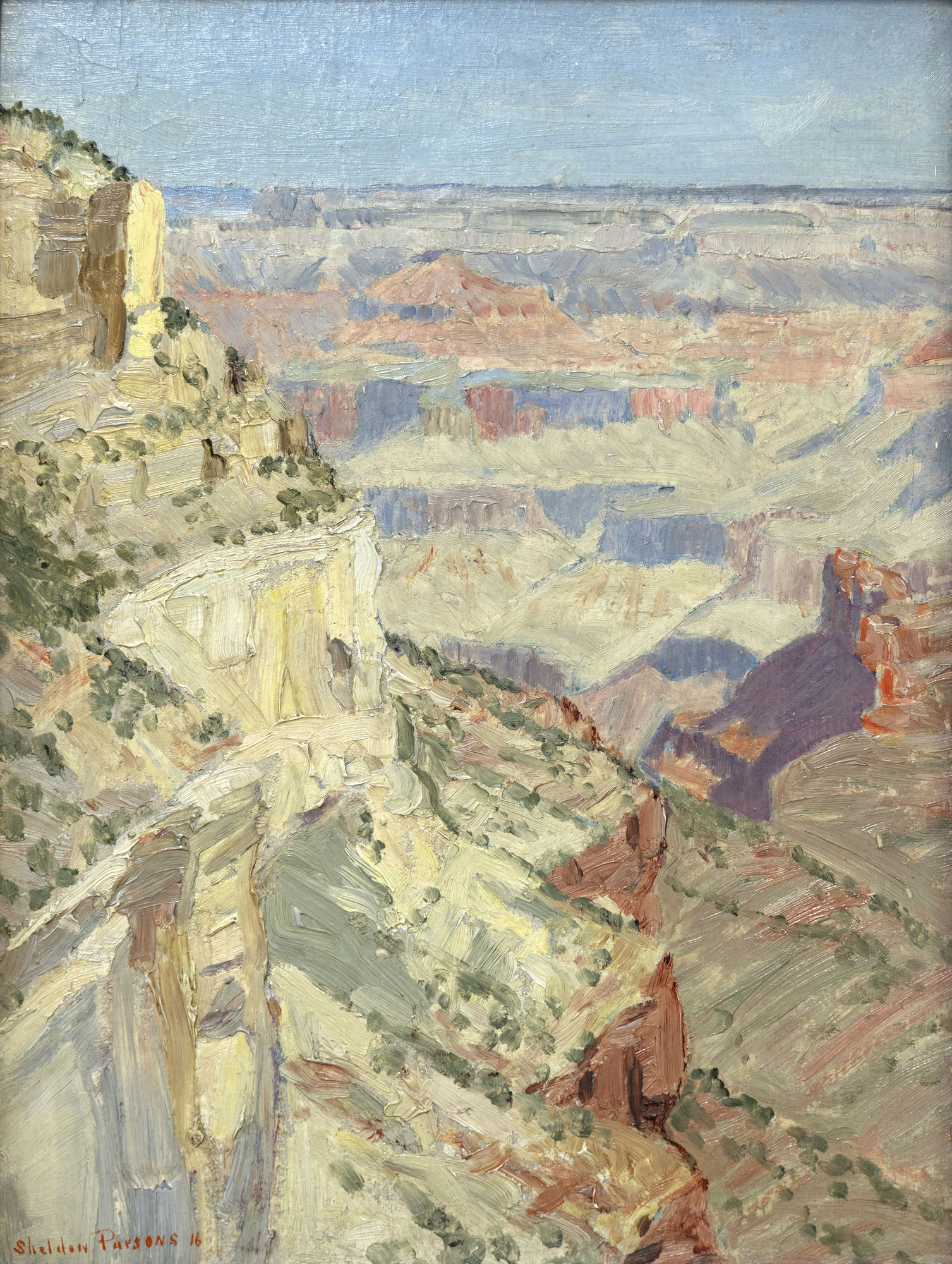
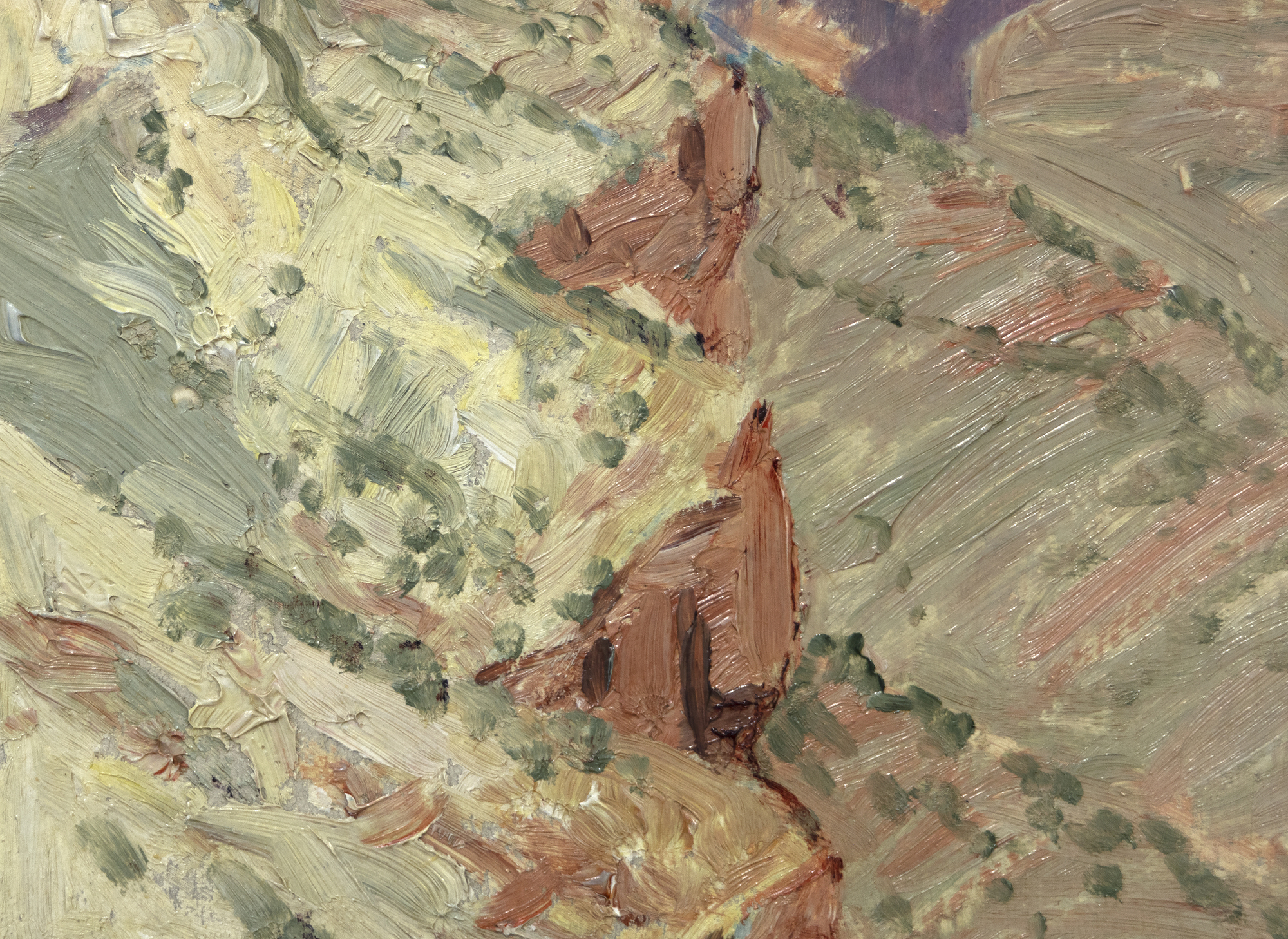
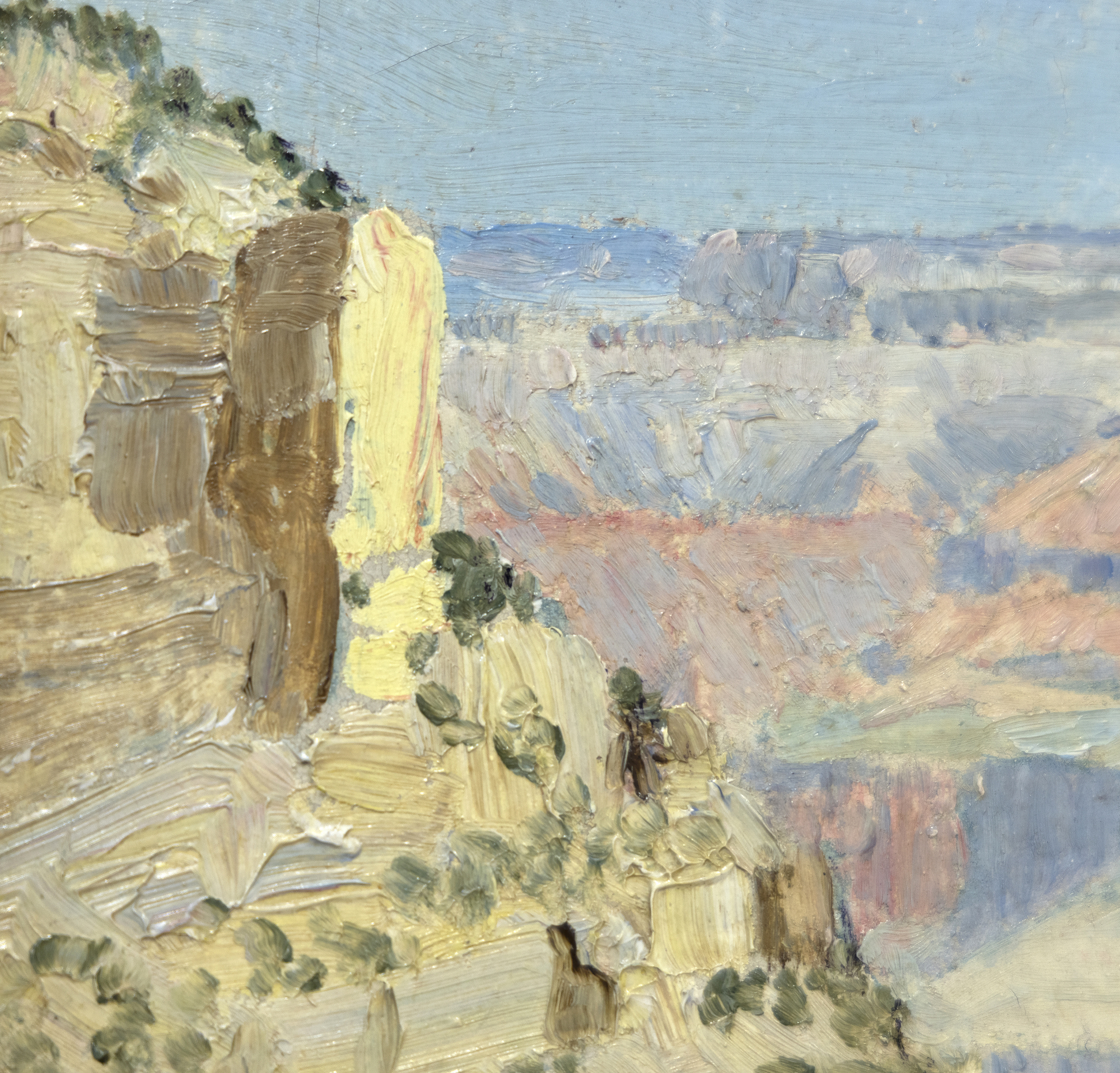
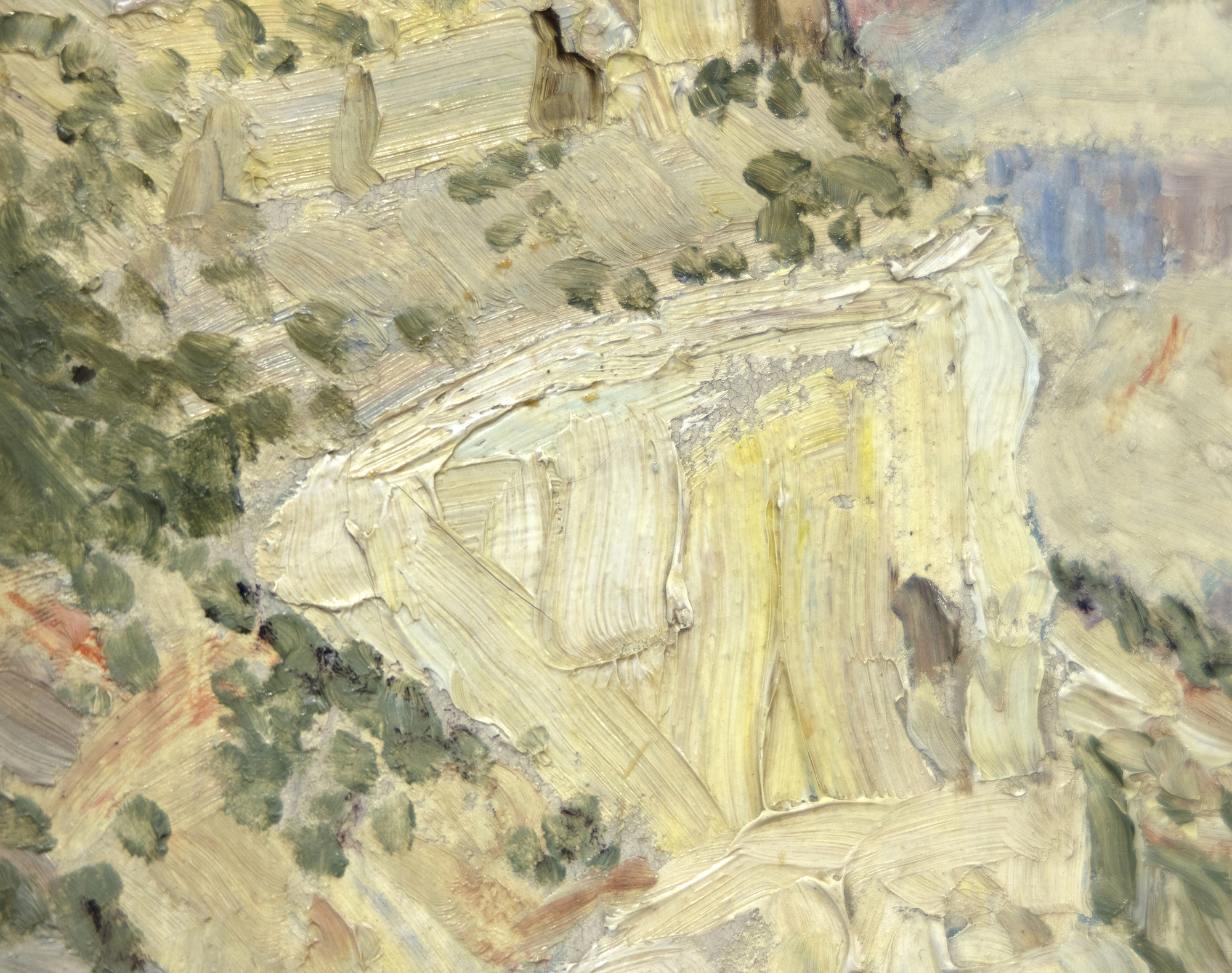
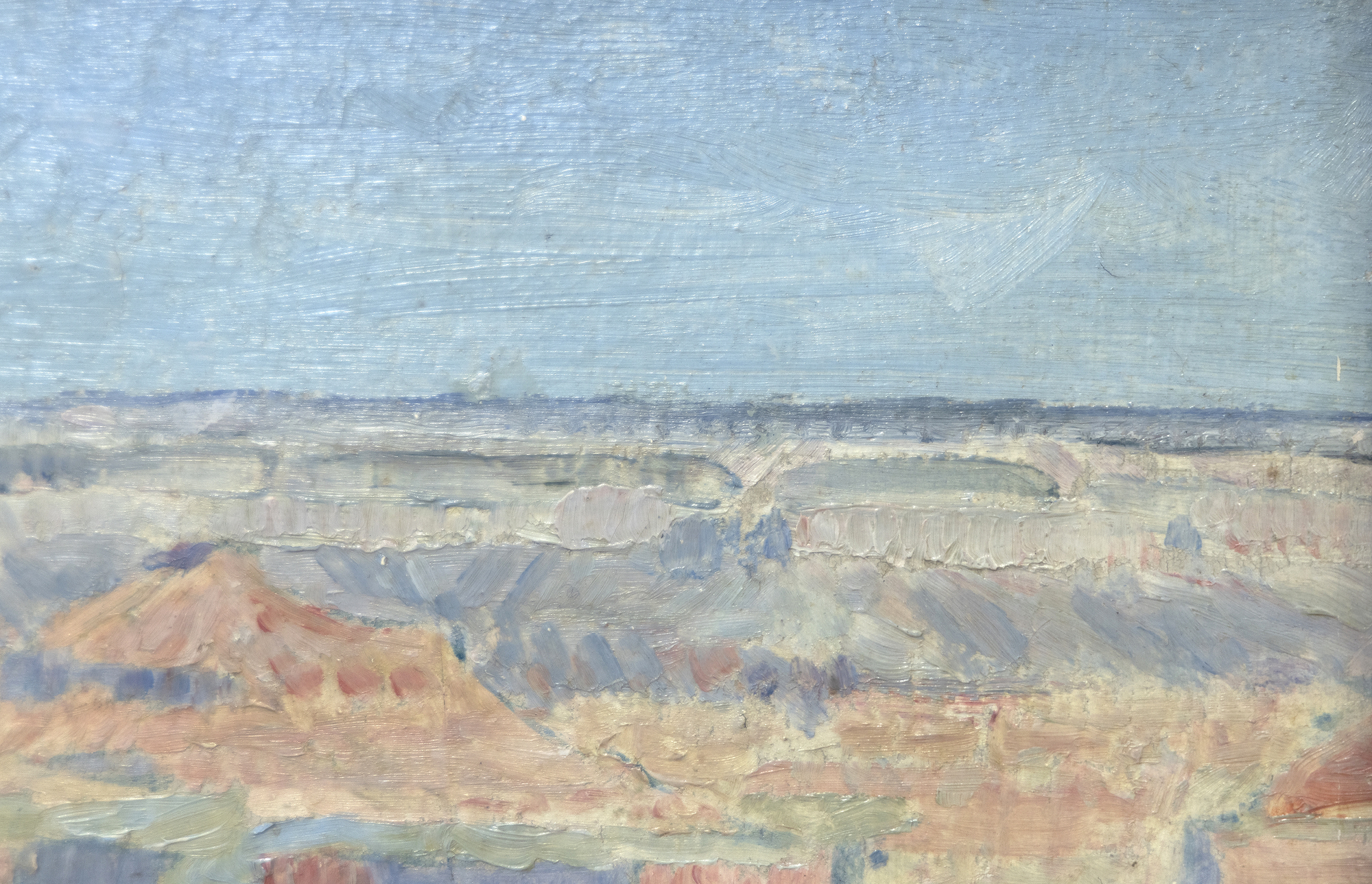
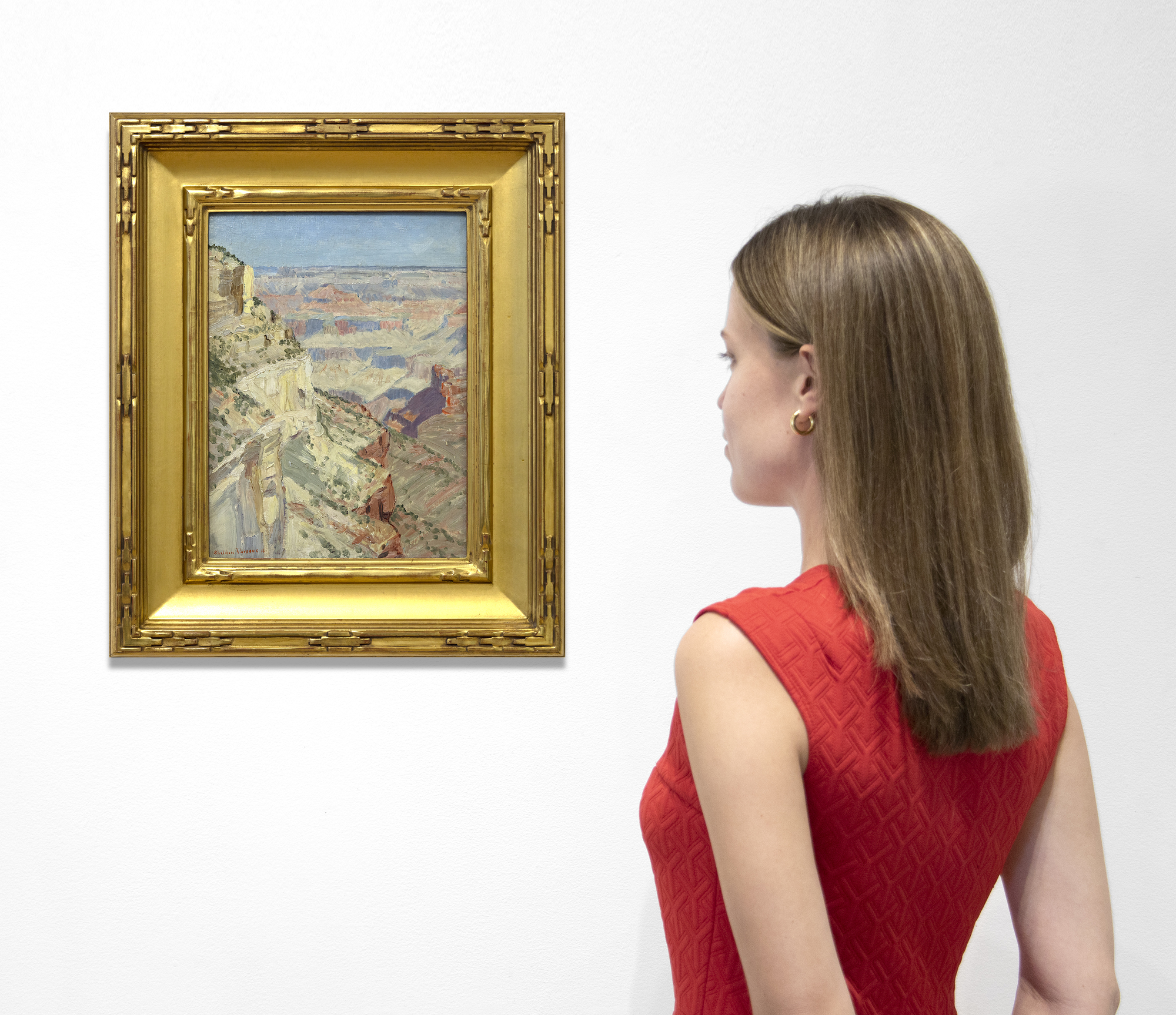
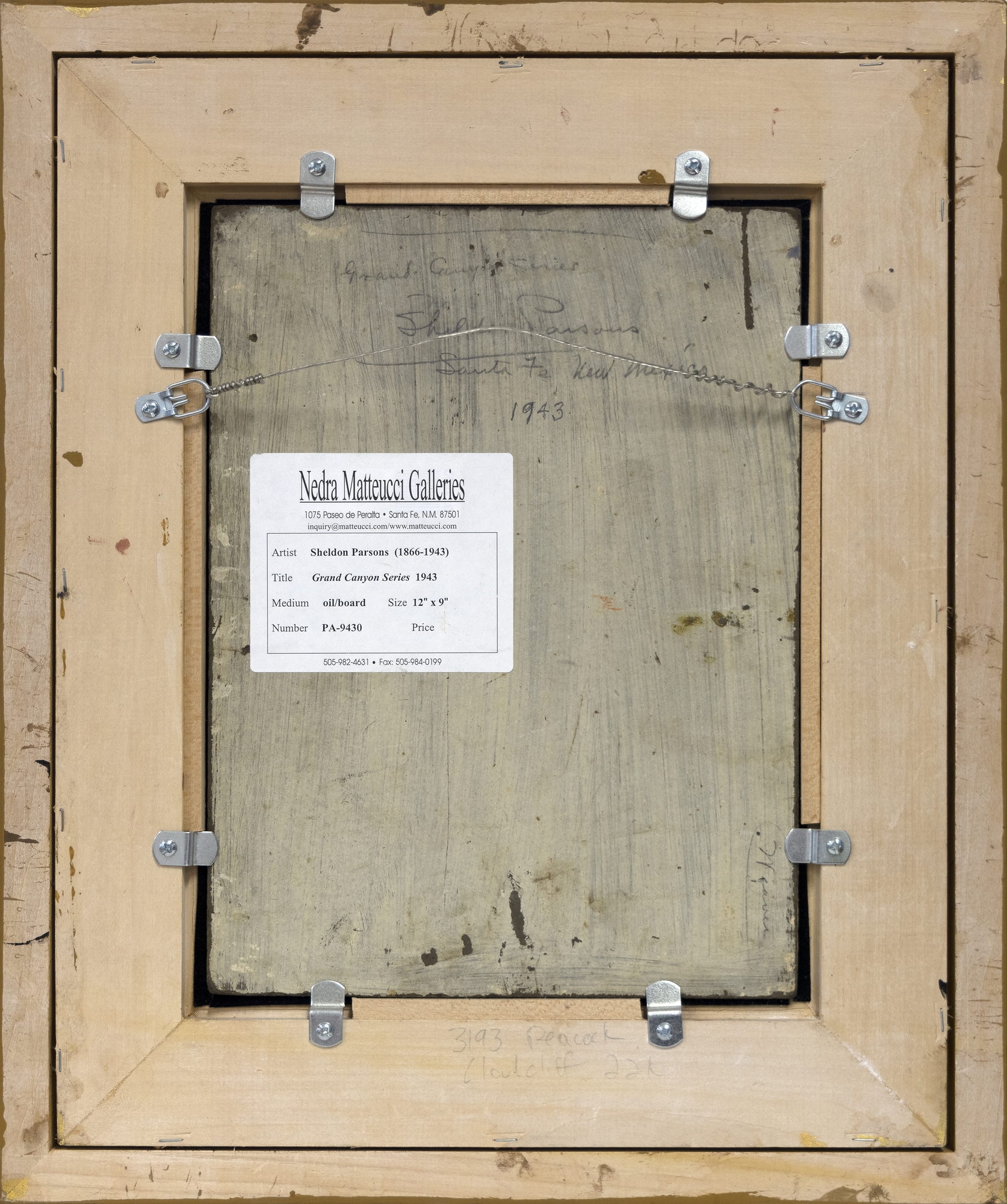
Provenance
Nedra Matteucci Galleries, Santa Fe, New MexicoPrivate Collection, acquired from the above, December 12, 2004
Parsons painted the Grand Canyon on several occasions. Immortalized in paint by artists from Thomas Moran to the Taos founders and innumerable contemporary artists, Parsons' earliest known example, Morning in the Canyon, is dated 1916.


